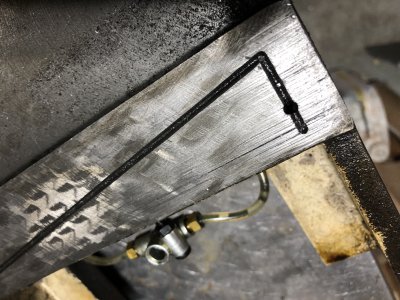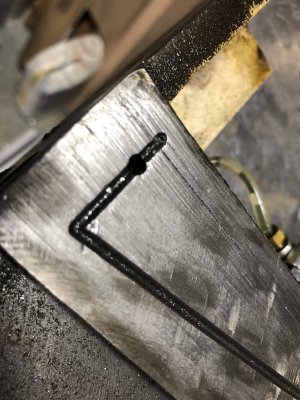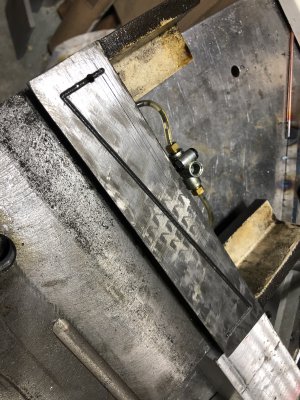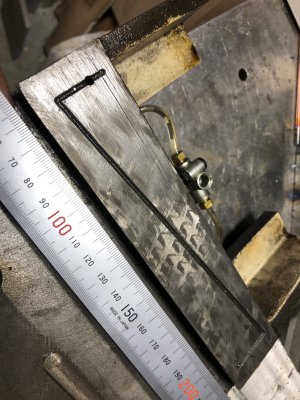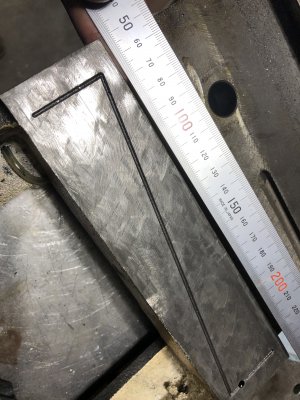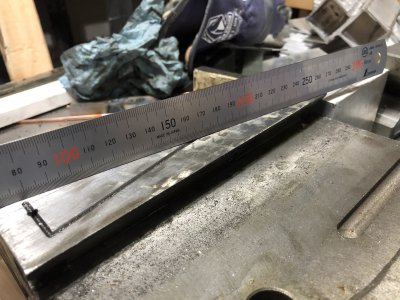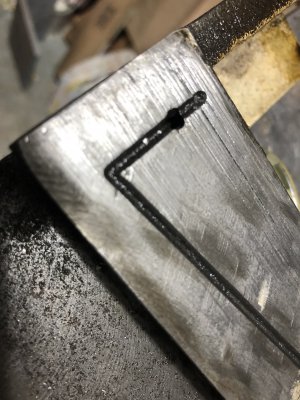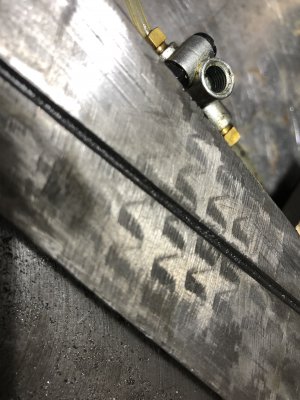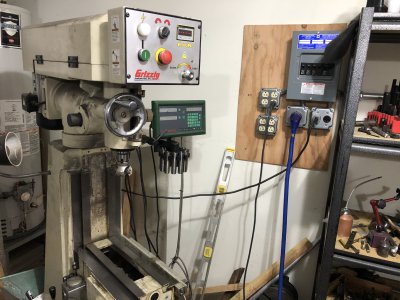- Joined
- Feb 1, 2018
- Messages
- 1,868
I have been grinding hardened ways for several years. I am the one who told Chris German on Practical Mach and he did a vertical mill with hardened ways. Then he made this one ----> ttps://www.youtube.com/watch?time_continue=18&v=YXLk0mJOwJM&feature=emb_title
Andy, in My professional opinion. Leaving those dep gouges look bad to a professional machine builder, machine rebuilder or a machinist. I also have used a belt sander to grind down worn wide ways so it looks like they were surface ground. Also use the 2 color like Ben said. Toss that Permatex away and buy some Dykem High Spot, Carbonnel or Canode.
Andy, in My professional opinion. Leaving those dep gouges look bad to a professional machine builder, machine rebuilder or a machinist. I also have used a belt sander to grind down worn wide ways so it looks like they were surface ground. Also use the 2 color like Ben said. Toss that Permatex away and buy some Dykem High Spot, Carbonnel or Canode.
Last edited by a moderator:


